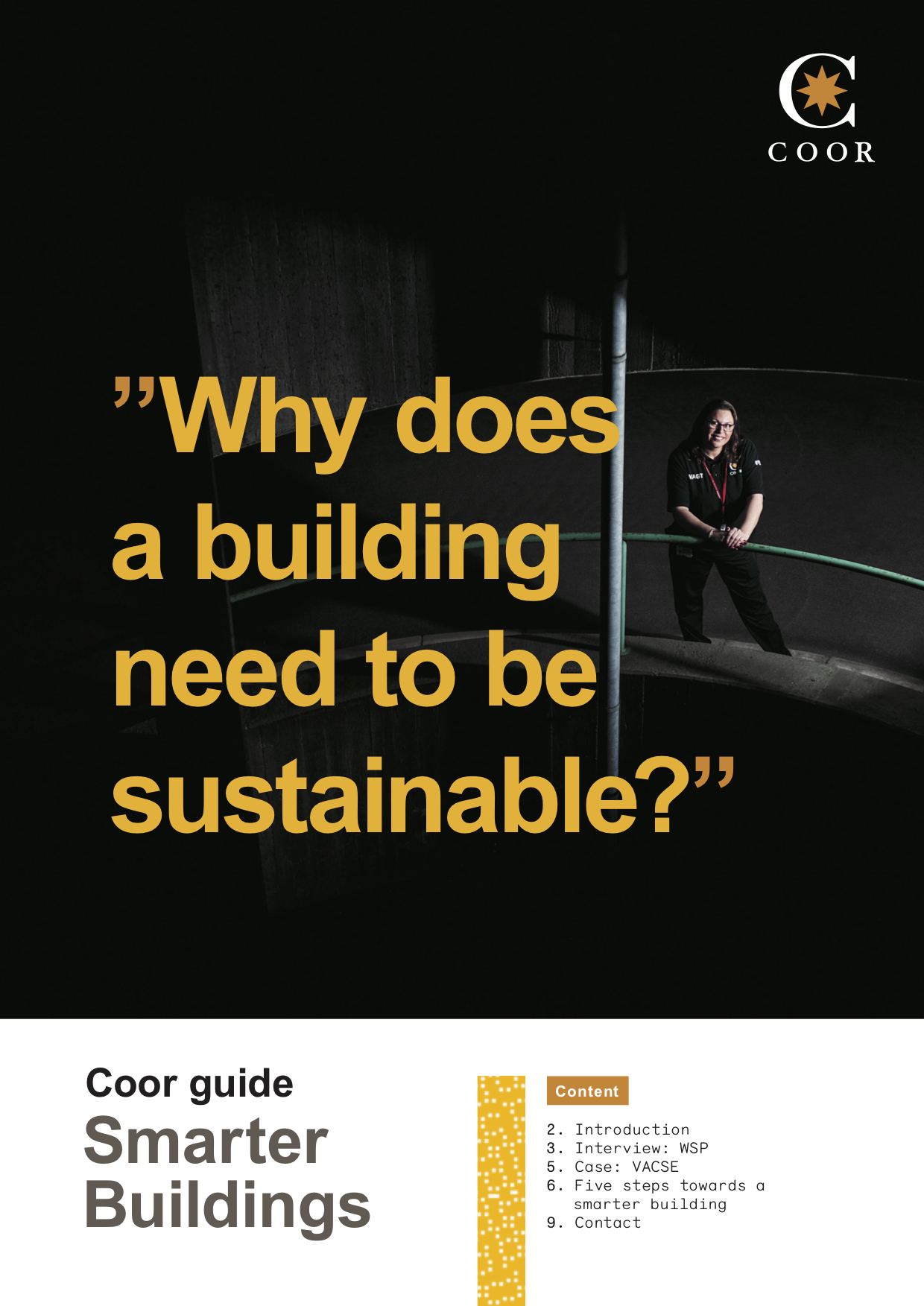 When we talk about sustainability in nature, we often talk about ecosystems. We observe what happens to the ecosystem if a component in the chain is threatened, and we see how the systems fall apart when this happens. Keeping all the lifecycles on our planet, big and small, running smoothly is a basic necessity if we are to eliminate the threat to our future world. But this also includes our urban ecosystems—those we’ve built ourselves, our city environments, our homes ... and our workplaces.
When we talk about sustainability in nature, we often talk about ecosystems. We observe what happens to the ecosystem if a component in the chain is threatened, and we see how the systems fall apart when this happens. Keeping all the lifecycles on our planet, big and small, running smoothly is a basic necessity if we are to eliminate the threat to our future world. But this also includes our urban ecosystems—those we’ve built ourselves, our city environments, our homes ... and our workplaces.
“Today there is a whole new understanding of how to take care of your workplaces from the sustainability perspective,” Zacharakis says. “We at WSP are seeing a big difference in our customers’ understanding of the situation; the FM managers we are in contact with define problems completely differently these days. And this is primarily because investors have realized that beeing sustainable makes good financial sense. But it’s also because people have started to learn to take responsibility about the environment, and because a whole new generation is coming to the job market who are demanding responsibility from their employers.”
What is WELL?
The WELL Building Standard:
is the first international system that takes responsibility for people’s well-being in the building environment. It is a rapidly growing certification system for health and well-being in buildings, with more than 250 registered projects and 7 certified buildings in Sweden today. WELL is based on seven concepts that affect our well-being, and therefore our productivity: air, water, light, sound, nourishment, movement and mind.
Eleftherios Zacharakis is a sustainability consultant at WSP and was appointed to the WELL Faculty as a WELL expert by IWBI. He is the first person in Sweden to earn this title, and up until 2017 WSP was the only technology consulting company in Sweden that had WELL-certified employees. “For a long time, the focus has been on energy efficiency when we design new office buildings. Now we’ve also begun to realize how health factors can add to the challenge when standards like WELL and Fitwel (a new international system for certifying buildings that promote people’s health and well-being at work) are becoming increasingly common. In recent years, we’ve begun talking more about our Workplace Strategy, which combines the sociopsychological aspects with the building’s physical aspects to allow us to adapt the digital experience. All these factors are involved in our well-being and performance at work.”
Zacharakis also tells us that the great challenge for many companies is to recognize their own needs, and that they have difficulty calculating the risks they are taking with the new working conditions. Financial sustainability also plays a role in this, but the fact is that if we examine organizations’ expenses, an average of 1 to 2% is spent on energy, 8 to 10 % on rent, and the rest is personnel costs. More and more FM managers and decision-makers are coming to the realization that they have a lot to gain if they dare to invest in their employees’ well-being. When you begin examining your company and see to its actual needs, you can begin your journey towards a WELL certification. “I always tell my clients that certification is not a goal, it’s a tool,” Zacharakis explains. “You have to be aware of what is of interest to you yourself and to your visions, so you can work towards your goal.”
Download our guide Smart Buildings – “Smart buildings for a smarter workplace”


